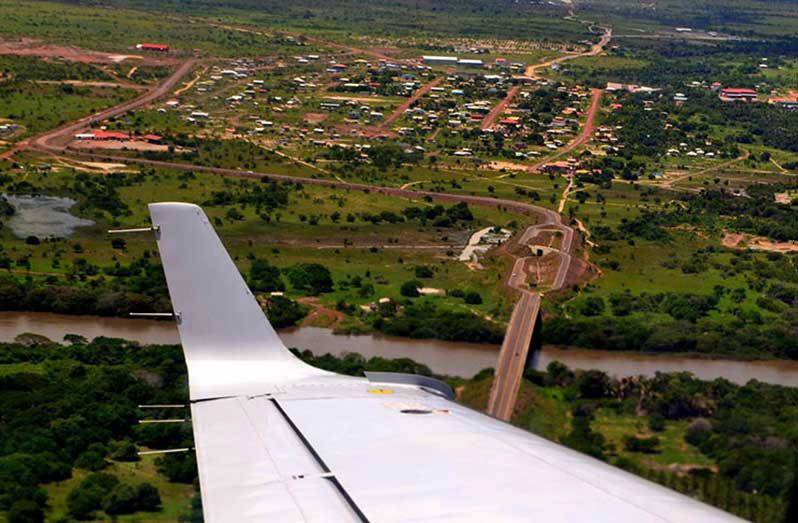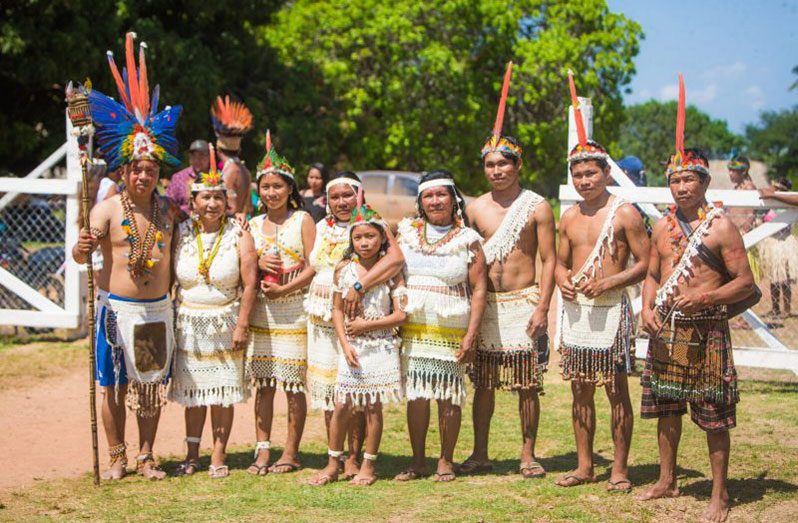…through connectivity, infrastructure, and economic growth
AMERINDIAN communities across Guyana are being positioned to benefit from another wave of development initiatives as the government has already outlined plans to expand connectivity, reduce transportation costs and bolster economic activities in the hinterland during its new term in office.
The ruling People’s Progressive Party/Civic (PPP/C) government has summarised its 2025-2030 manifesto, and it entails several plans that will deepen national development.

The manifesto brief points to continued land titling and demarcation, ongoing access to LCDS funding for sustainable development, increasing support for village development plans, introducing more ICT hubs in remote communities, investing in transportation and connectivity, and supporting local economic initiatives and community-based enterprise and job creation.
The brief layout was discussed, on Thursday, by PPP General Secretary and Guyana’s Vice President Dr. Bharrat Jagdeo, who explained that it was basically a summary of what is to be expected in the administration’s new term, building on its continued performance and not hollow promises.
During a press conference, he reminded Guyanese of the nation’s neglected state that the PPP/C met after assuming office in 2020. Even with battling COVID-19, the Vice President noted that throughout the length and breadth of the country, citizens have witnessed a positive shift in Guyana becoming a regional and global leader whilst simultaneously empowering the people.
While the APNU+AFC coalition had increased Value-Added Tax on hinterland travel, the PPP/C government removed it. The move has been pegged as a necessary corrective to APNU+AFC’s callous policies and just one step in the PPP/C’s wider plan to reduce the cost of living burdens and enhance economic activities within Amerindian communities.
The government is planning to place more focus on infrastructure upgrades that will connect more communities.
The Vice President said: “If we can continue to connect Region Eight- which we plan to do- to Region Nine by road… Then we don’t have to fly all of the goods that they use into that region. And that’s part of the plan connecting the two regions. So, that is one of the long-term plans; it may be in the next five years, we’ll work on that.”
Similar plans are in place for Region One (Barima-Waini) following the completion of the Kwebana to Maruka Road and the Wauna to Mabaruma, and then Port Kaituma to Matthew’s Ridge. These plans will allow for the smoother transportation of goods and lower freight rates.
Recognising persistent logistical challenges, the government is also considering having a commercial arm of the Guyana Defence Force (GDF), which could vastly improve access and affordability.
The Vice President said, “If that (freight rates) can’t be reduced, then there will be a commercial arm to the GDF. And we will buy more aircraft, we said it here; the President repeated it in Mahdia. We will buy more aircraft to populate that commercial arm of the GDF that would assist with reducing the cost in the hinterland.”
This points to concrete plans by the government to continue expansion of economic growth, and according to Dr. Jagdeo: “Those are very specific plans we have. No other political party has been able to outline [theirs].”
Travel to Guyana’s hinterland has become easier and more reliable following a major government drive to improve infrastructure. A series of new roads, bridges and airstrips have been built to international standards, transforming journeys that were once long and difficult. River transport has also been upgraded.



.jpg)








